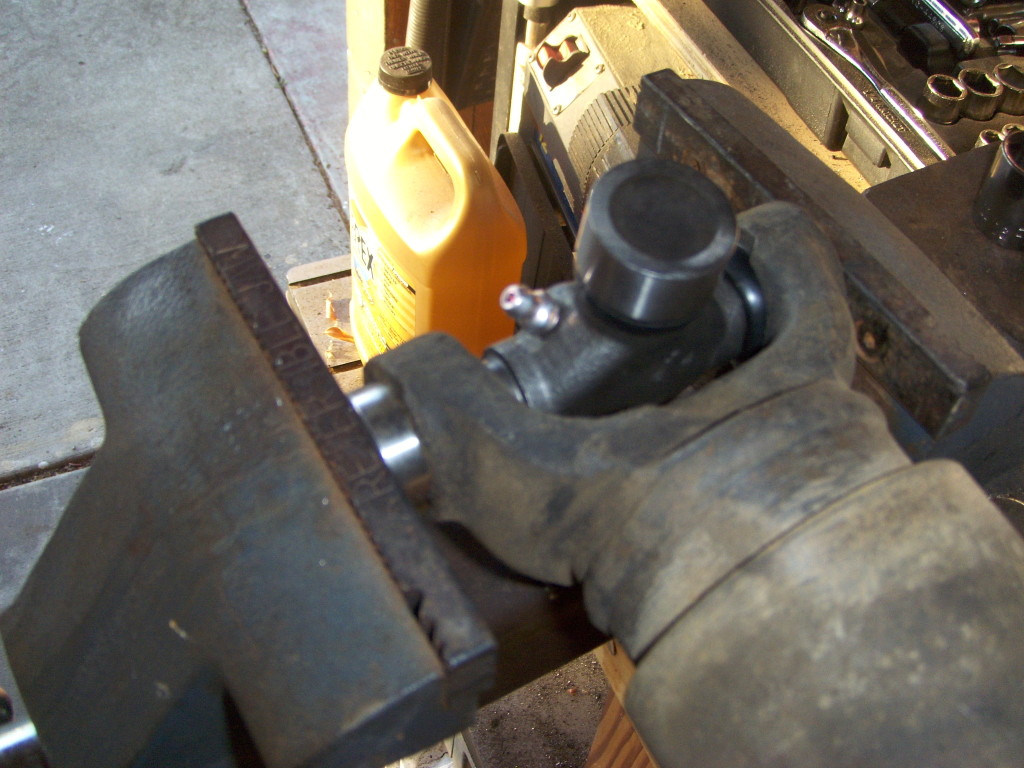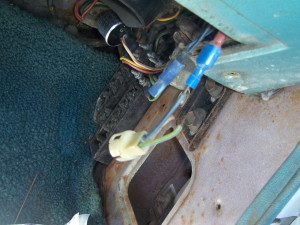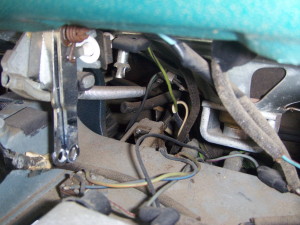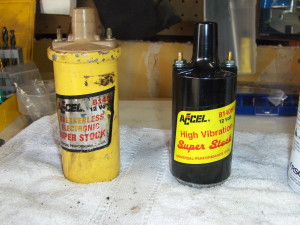This is getting to be a routine: make some repairs, push the envelope a bit more, find more issues . . . rinse and repeat.
I did some fairly lengthy freeway driving this week with the Bird and it was pretty cool tooling down the road under sunny skies. I discovered that right around 65mph most of the vibrations smooth out and the ride is relatively comfortable.
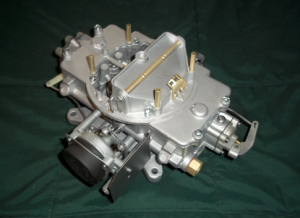
It is, however, hardly the epitome of luxury at that speed. Suspension bushings are probably the second order of business. First, there is a vibration in the engine–felt mostly in the steering wheel at certain rpm’s–that I haven’t been able to figure out. Guesses range from the harmonic balancer to fouled plugs to a burned valve.
Also clear now is that the aftermarket carburetor I have on the car is not suited for the type of driving I’m doing. (It would certainly work better in a performance-oriented setup.) I’m still seeing difficult hot starts, some surging at speed and poor mileage, so I ordered a remanufactured carb, correct for my year and model, from a vendor on eBay.
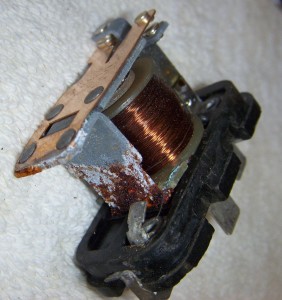
On one of my trips this week, I stopped by a shop that specializes in new old stock parts. There, I picked up a “good used” relay for the interior lights. Plugged it in, and they are working normally, which really helps to bring life to the car.
Yesterday, I also installed the stock throttle linkage, including the transmission kick-down, which has been missing this past year. Today, I’ll be working to refurbish the center console: reattaching a chrome trim element that has broken free (and rattles like crazy) and bringing the “Fasten Seat Belt” reminder light back to life.

